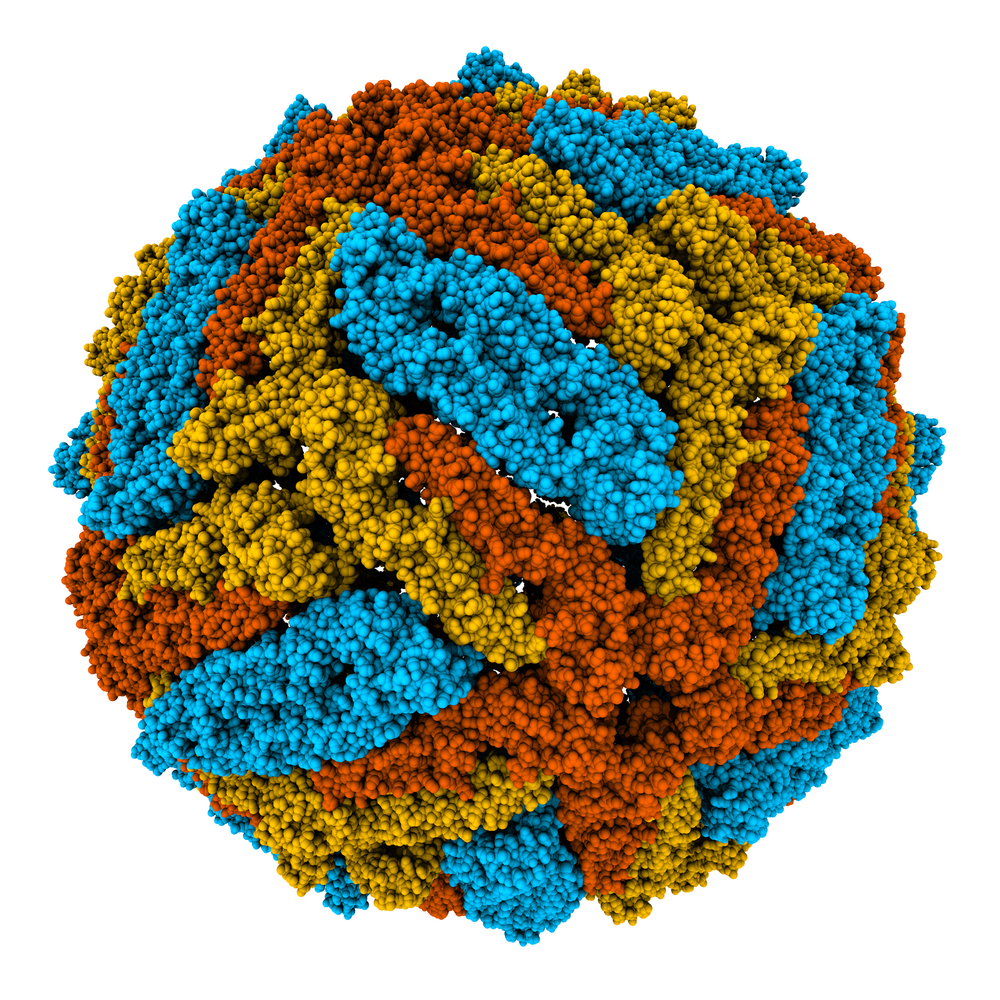WEST NILE VIRUS LYSATE (NY 2001-6263 STRAIN)
West Nile Virus lysate has been manufactured to provide a consistent source of West Nile virus (WNV) antigens. This material has been produced by culturing West Nile virus (NY 2001-6263 strain) in the Vero cell line. The West Nile virus lysate is supplied purified and heat inactivated. This product is suitable for use in a broad range of applications including immunoassay research and development.
PRODUCT DETAILS – WEST NILE VIRUS LYSATE (NY 2001-6263 STRAIN)
- Native West Nile virus (NY 2001-6263 strain) lysate produced from Vero cells.
- Heat inactivated, purified and presented in liquid format.
BACKGROUND
West Nile virus (WNV) is an enveloped, single-stranded RNA virus that belongs to the genus Flavivirus. It is a member of the Japanese encephalitis sero-complex of the family Flaviviridae, which also includes Japanese encephalitis virus, St. Louis encephalitis and Murray Valley encephalitis virus. In nature, West Nile virus is maintained in a cycle between birds and mosquitoes. However, WNV can also be transmitted to incidental hosts such as humans, horses and other mammals by mosquito vectors (Chancey, C).
Since the first human WNV infection was identified in 1937 the virus has continued to spread. West Nile virus is now found in many regions of the world including Africa, Europe, West Asia, North and South America. West Nile Virus infection is asymptomatic in 80% of cases but some individuals develop severe West Nile fever. The symptoms of West Nile fever include fever, headache, nausea and vomiting. The virus has also been associated with neurological complications and fatalities in less than 1% of infected individuals.
Currently, there is no licensed prophylactic vaccine or specific therapeutic treatment for West Nile virus infection in humans. Prevention of WNV infection is through vector control measures and the use of protective clothing to reduce human-to-human transmission.
REFERENCES
- Chancey C, Grinev A, Volkova E, Maria Rios M. (2015). The Global Ecology and Epidemiology of West Nile Virus. Biomed Res Int. 376230.

